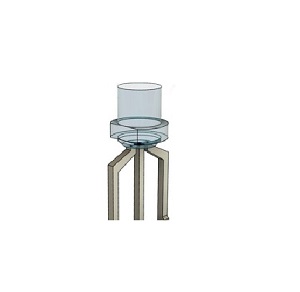Through hole LEDs are one of the important components used in electronic products. As one of the earliest LED light-emitting devices, it constitutes two mainstream technologies in the LED industry along with chip mounted LEDs. Through hole LEDs have a wide range of applications and important significance in the field of electronics. Below, we will introduce the characteristics and application fields of Through hole LEDs.

The Basic Principles of Through Hole LEDs
The basic structure of Through hole LEDs consists of three parts: positive and negative electrode leads and light-emitting diode chips. Compared with SMD LED, through hole LED chips have an air layer inside the glass bottle, which can better isolate external environmental interference, making it more stable and long-lasting to work. Through different semiconductor materials, through hole LEDs can emit different colors of light, such as red, blue, green, etc.
Application Fields of Through Hole LEDs
Through hole LEDs are widely used in electronic products and lighting fields, such as electronic watches, televisions, stage lighting, signal lights, car lights, and so on. It is also often used as an indicator light or switch light to remind users of certain important information or operational status. Due to the convenience and stability of through-hole LEDs in use, they have been widely used and accepted.
In summary, the basic principle and application range of Through hole LEDs are more suitable for small and medium-sized electronic products, with good stability and brightness. Installation and disassembly are more convenient than SMD LEDs. With the continuous development and upgrading of electronic technology, through hole LEDs will continue to play an irreplaceable role in the field of electronic products.












